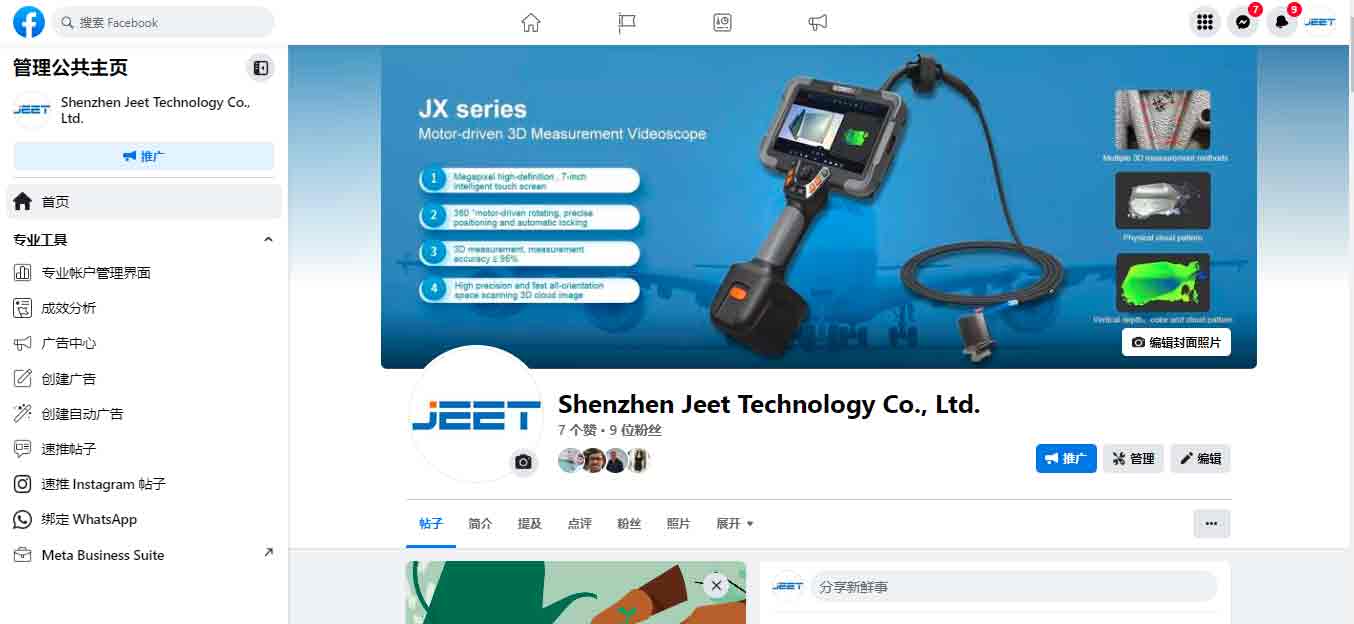Demystifying Industrial Videoscopes: A Comprehensive Guide
Industrial videoscopes have revolutionized the way professionals inspect and diagnose issues in hard-to-reach areas. These versatile tools are used in a wide range of industries, including manufacturing, automotive, aviation, and more. However, despite their widespread use, many people are still unclear about what exactly an industrial videoscope is and how it can benefit their operations. In this comprehensive guide, we will demystify industrial videoscopes and provide a detailed understanding of their functionality, applications, and advantages.
What is an Industrial Videoscope?
An industrial videoscope is a sophisticated inspection tool that consists of a flexible insertion tube with a high-resolution camera and LED lighting at its tip. The insertion tube can be maneuvered into tight and often inaccessible spaces, allowing the camera to capture real-time images and videos. These visuals are then transmitted to a monitor, where the operator can analyze and record the findings.
Applications of Industrial Videoscopes
The applications of industrial videoscopes are virtually endless, as they can be used in any industry that requires remote inspection of machinery, components, or infrastructure. In the manufacturing industry, videoscopes are used to inspect the interior of engines, turbines, and other complex assemblies. In the automotive industry, they are used to examine the inside of cylinders, pistons, and exhaust systems. Additionally, videoscopes are invaluable in aviation for inspecting aircraft engines, fuel systems, and hydraulic components. They are also used in the field of infrastructure maintenance to assess the condition of pipelines, ducts, and other hard-to-reach areas.
Advantages of Industrial Videoscopes
The most significant advantage of industrial videoscopes is their ability to provide visual inspection in areas that are otherwise inaccessible. This helps to reduce the need for disassembly, saving time and labor costs. Additionally, videoscopes can capture high-quality images and videos, enabling thorough and accurate inspections. This, in turn, allows for timely maintenance and repairs, ultimately leading to improved operational efficiency and safety. Moreover, videoscopes can be equipped with various accessories, such as interchangeable probe tips, articulating insertion tubes, and measurement capabilities, further enhancing their versatility and utility.
Choosing the Right Industrial Videoscope
When selecting an industrial videoscope, it is essential to consider factors such as probe diameter, insertion tube length, image resolution, and articulation capability. Additionally, the device should be durable, easy to use, and capable of capturing high-quality images in challenging environments. Finally, it should be compatible with various accessories and software for in-depth analysis and reporting.
In conclusion, industrial videoscopes are powerful tools that have redefined the way professionals conduct inspections in various industries. Their ability to provide remote visual inspection, coupled with high-quality imaging and versatile applications, makes them indispensable for modern-day maintenance and diagnostic tasks. By understanding the functionality, applications, and advantages of industrial videoscopes, professionals can make informed decisions when selecting the right tool for their specific needs.




